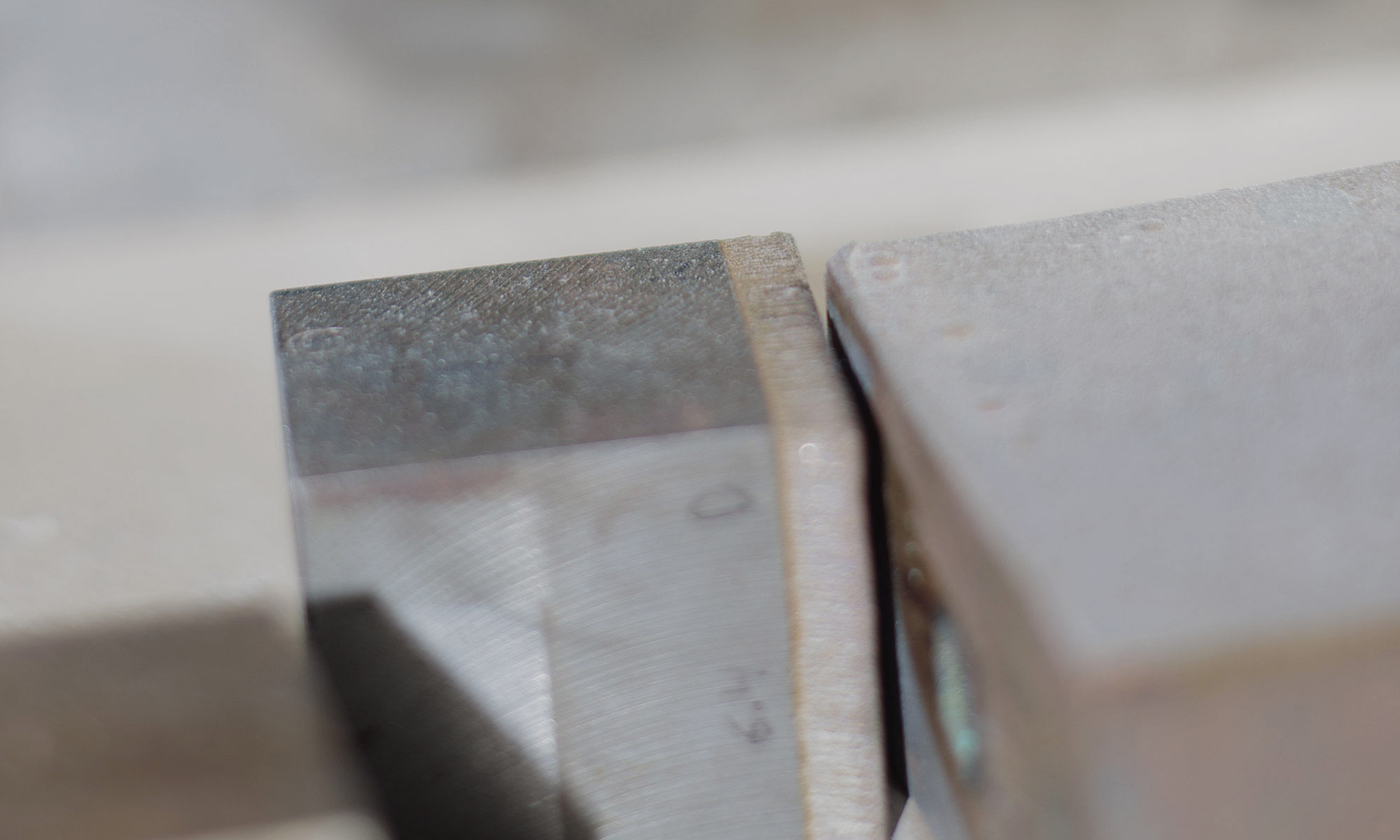Early detection of HTHA using the ultrasonic full matrix capture and advanced post-processing methods
This scientific article Early detection of high temperature hydrogen attack (HTHA) using the ultrasonic full matrix capture and advanced post-processing methods is published in the NDT & E International, Volume 130, September 2022, 102676.
Frederic Dupont-Marillia | Nucleom, 8695 rue Pascal-Gagnon, Montreal, Quebec, Canada
Joseph W. Krynicki | ExxonMobil Research & Engineering, 22777 Springwoods Village Parkway, Texas, USA
Pierre Bélanger | PULETS, Ecole de Technologie Supérieure, 1100 Rue Notre Dame O, Montréal, Canada
Abstract
In this work, advanced ultrasonic algorithms are studied for the detection of early-stage High Temperature Hydrogen Attack (HTHA). This degradation mechanism occurs when hydrogen reacts with carbon or carbides to create micro voids in the samples that degrade mechanical properties. Full matrix captures were postprocessed into scattering matrices and using advanced Total Focusing Methods (TFM) such as Delay Multiply and Sum (DMAS), weighted images and amplitude-free images. The main objective of this work is to detect HTHA when micro voids are not yet linked. For this purpose, finite element simulations are used to model HTHA degradation and noise generated by the grains in carbon steel material. Amplitude-free imaging methods showed promising results for low noise material. When using weighted images or DMAS in materials with stronger grain boundary noise, the amplitude of indications associated with HTHA was up to 272% above standard TFM. Finally, the scattering matrix provided the earliest detection for all the simulated configurations. These results were then validated with measurements made on three field samples extracted from equipment with HTHA damage. The level of HTHA of the three samples was confirmed with a metallographic study.
